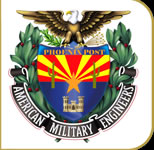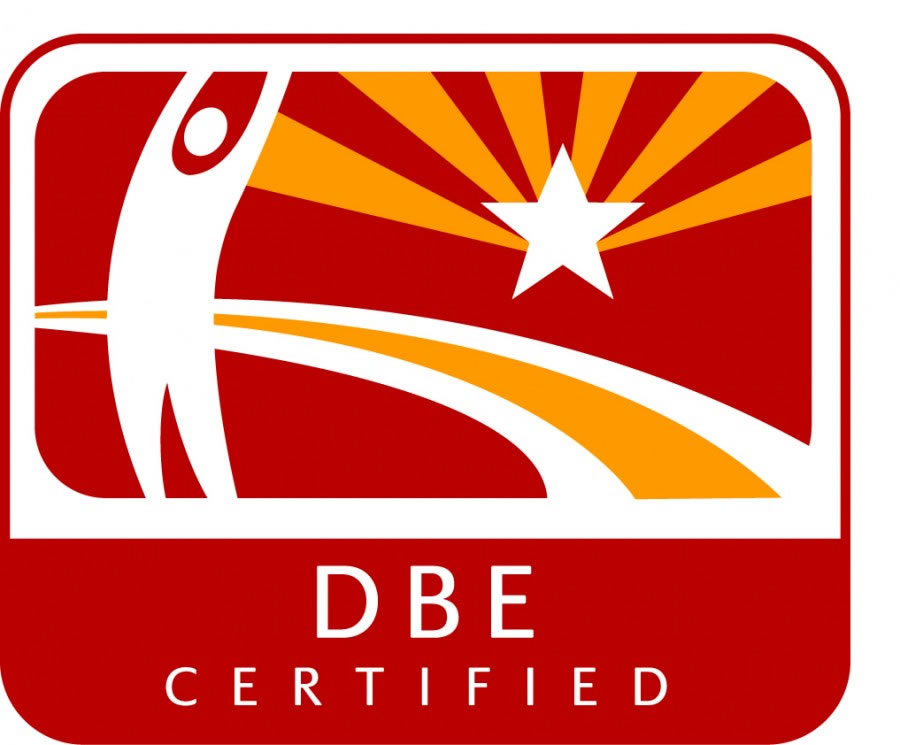Phase I
Phase I Environmental Site Assessment (ESA) work is divided into three areas and are based in part on ASTM in Standard E1527-05.:
1) The most common are for real estate transactions which identifies potential or existing environmental contamination liabilities.
2) Site/Facility examination may include identification of possible asbestos containing building materials, inventory of hazardous substances stored or used on site; assessment of mold, and mildew and evaluation of indoor air quality parameters.
3) Facility audits are usually conducted for changes in leases, where existing or future tenet activities are reviewed for compliance issues with various regulated and hazardous materials and wastes.
Phase II
Phase II’s are conducted if a site is suspected of present or past site activities that have potential for impacted soil and or groundwater contamination. The purpose of a Phase II reports is only an initial screen of soil and or groundwater in order to determine if there are impacts that require some form of remediation. ASTM test E1903 standards are used.
Stormwater Plans
Stormwater Pollution Prevention Plan (SWPPP) and Spill, Prevention and Countermeasure (SPCC) plans are plans utilized for permitting requirements for site development. Stormwater plans require permitting, development of site maps, testing and evaluation of discharge locations, and testing and evaluation of non-stormwater discharges. BEAR prepares a summary of pollutant sources and risk, develops site-specific best management practices, development of spill containment specifications and loading/unloading procedures and preparation and certification of a written SWPPP and SPCC plan for our clients.
Groundwater Basin Analysis
To manage North America’s groundwater resources in a sustainable way there is a need for regional knowledge of aquifer systems. Improving regional knowledge, in light of scant hydrogeological data, requires a multidisciplinary approach that advances the understanding of a basin. Basin analysis - mapping and characterizing the reservoir potential of sedimentary basins as applied in petroleum exploration - provides an approach that is directly applicable to regional hydrogeology studies and related land use planning.
Compliance Audits
An environmental compliance audit is a comprehensive, systematic, documented evaluation that is designed to find and fix environmental conditions for companies, local governments and individuals. It includes not only a compliance review, but regular reporting requirements and schedules for correcting problem areas discovered during the audit. Many include a review of pollution prevention opportunities.
Audits are typically done by consultants and/or company staff who review individual facility or company-wide operations. As defined in the policy, the audits must conform to EPA's definition of environmental audit.
Well managed companies and local governments and individuals with environmental responsibilities conduct these environmental "checkups" regularly to keep them in compliance with environmental laws and regulations. They do it because it is the right thing to do, and it saves them compliance costs down the road. |





